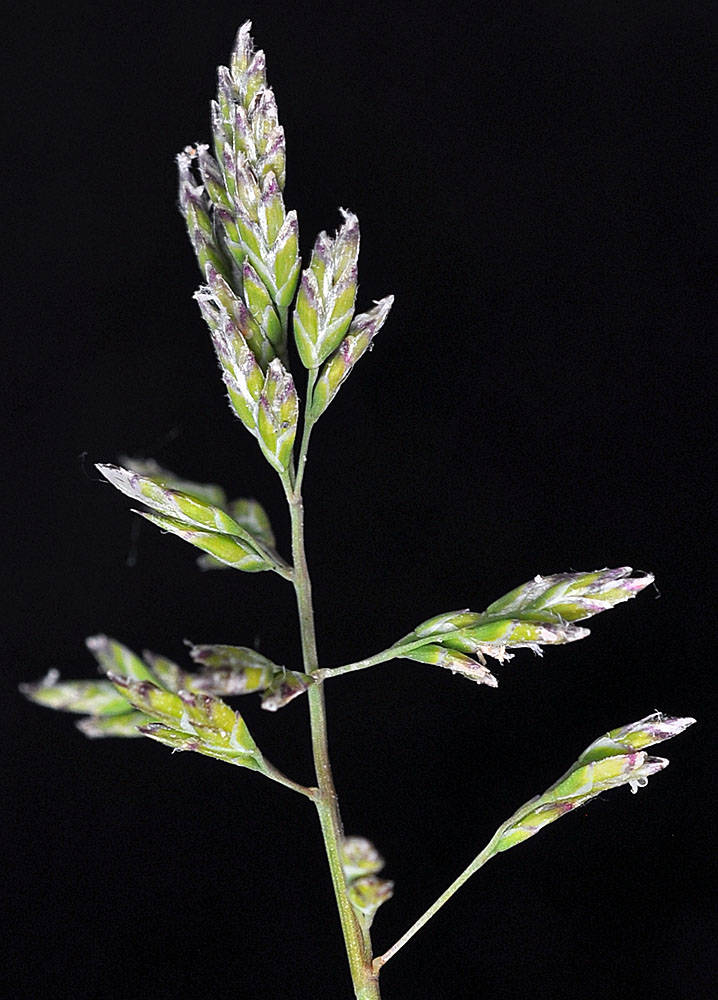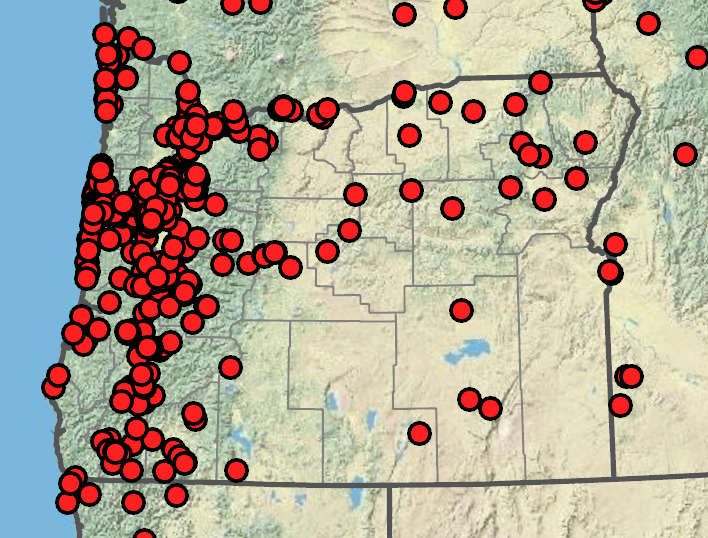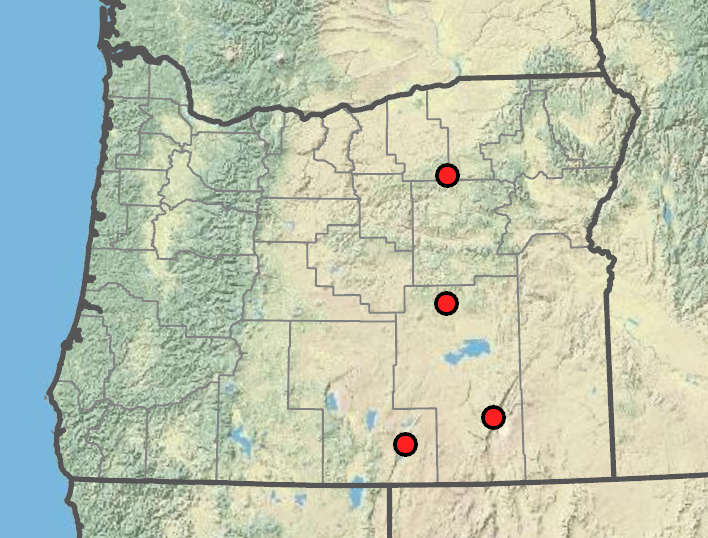Poa annua
Poa x limosa
annual bluegrass
hybrid bluegrass
nodes terete or weakly compressed.
intravaginal.
intra- and extravaginal or partly extravaginal.
sheaths closed about 33% of their length;
ligules 0.5–3(5) mm;
blades flat or weakly folded, 1–10 cm × 1–3(6)mm; smooth.
sheaths closed usually about 15% of their length;
ligules 1–4 mm long, blades of tillers 0.5–2 mm wide;
cauline blades flat, folded, 0.5–5 mm wide; smooth or scabrous.
1–7(10)cm;
branches ascending to spreading or reflexed.
erect, usually contracted, sometimes interrupted, 5–15 cm;
branches erect; less than 4 cm.
3–5 mm long;
florets 2–6;
rachilla internodes smooth, glabrous; more or less concealed, occasionally exposed;
distal rachilla internode less than 50(75)% of the length of distal lemma.
somewhat laterally compressed, 4–7 mm long;
florets 2–5;
rachilla internodes smooth.
lower glumes smooth, 1-veined.
2.5–3.5 mm long;
lower glumes 3-veined.
glabrous.
glabrous or with cobwebby hairs to 25% as long as the lemma.
lanceolate, 2.5–4 mm, keeled; smooth; keels; marginal veins; and usually intermediate veins crisply puberulent to long-villous, rarely glabrous; area between veins glabrous;
tips obtuse to acute.
narrowly lanceolate, 2.5–4.5 mm, distinctly to weakly keeled, glabrous throughout or keels and marginal veins sparsely long-villous;
tips acute.
0.6–1.1 mm, oblong.
aborted late in development or 1.3–2.2 mm.
=28.
Poa annua
Poa x limosa
Disturbed areas, parking lots, lawns, shores. 0–1700m. BR, BW, Casc, Col, CR, Est, Lava, Sisk, WV. CA, ID, NV, WA; throughout southern Canada and US; worldwide. Exotic.
Poa annua is a small but abundant annual with spreading inflorescence branches and oblong anthers. Poa infirma is very similar but has ascending inflorescence branches and shorter, nearly spherical anthers. Poa supina, supine bluegrass, has inflorescences similar to P. annua, but it is a stoloniferous perennial with longer anthers. It is planted on shady golf courses and lawns where it forms dense, spongy turf. It has not been found in the wild in Oregon but is expected to escape here.
Wet alkaline meadows in sagebrush steppe. 1300–2200m. BR, BW. CA, NV; British Columbia, Alberta, Saskatchewan. Native and exotic.
Poa × limosa is a hybrid of P. pratensis and P. secunda ssp. juncifolia. It is more or less rhizomatous like P. pratensis, but the spikelets are more nearly terete, and the lemma veins are glabrous or less hairy.
Rob Soreng, Barbara Wilson, Richard Brainerd, Nick Otting
Rob Soreng, Barbara Wilson, Richard Brainerd, Nick Otting
- Local floras:
BC,
CA,
OR,
WA
- Local Web sites:
CalFlora,
CalPhotos,
Flora NW,
PNW Herbaria
WildflowerSearch
iNaturalist (observations)
USDA Plants Database
- LBJ Wildflower Center
- SEINet
- Plants of the World Online
- Encyclopedia of Life
- Wikipedia
- Google Image Search




